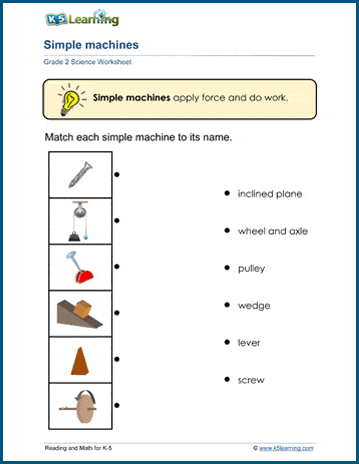The invention of the wheel was one of the most transformative breakthroughs in human history. The earliest wheels were used as potter’s wheels in Mesopotamia, about 5,500 years ago. Later, the ancient Greeks invented the wheelbarrow – a simple cart with a simple wheel.
The wheel is one of six simple machines invented by people to make work easier to perform. Machines are all about force; basically to transfer a force from one place to another, or change the direction of a force, or increase the distance or speed of a force. Simple machines are devices with no or few moving parts that can help us move objects and, therefore, make that work easier.
Let’s take a look at these six simple machines.
The inclined plane
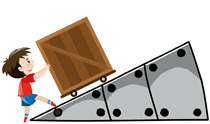
An inclined plane is a plane surface, such as a ramp, set an angle to another surface. This means you can apply less force to move an object up the inclined plane than you would have to use to move the object to that height vertically.
People used ramps to build large building as early as 10,000 BCE. Today, we still used inclined planes. Movers, for example, use ramps to move furniture into the back of their trucks.
The lever
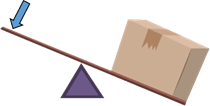
A lever is a plane surface that pivots in its middle on a bar of some kind. Applying force on one end of the plane surface causes it to pivot.
The lever dates back to Archimedes’ time, where the earliest known lever was used as a balance scale around 5,000 BCE. If we think of levers in modern times, seesaws, wheelbarrows and crowbars all come to mind.
The wheel and axle
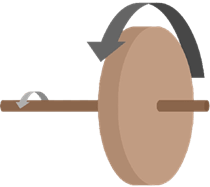
The wheel an axle is made of a circular device (wheel) that is attached to a rigid bar (axle). When you apply a force to the wheel it causes the axle to rotate; similarly, a force applied to the axle make the wheel rotate.
The earliest wheel and axle combination discovered, is a toy model of a 4-wheeled cart made in Mesopotamia around 3,500 BCE. Ferris wheels, tires and rolling pins are modern-day examples of wheels and axles.
The pulley
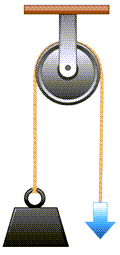
A pulley is a wheel with a grooved rim around which a rope or cable passes. The pulley acts to change the direction of a force applied to the rope and is mainly used to raise heavy weights.
Simple pulleys were used by the Babylonians in the 7th century BCE. Today, we use the pulley system in elevators, exercise equipment and wells, for example.
The screw
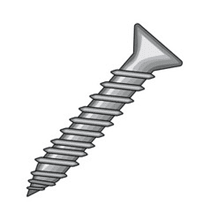
The screw is a slender, sharp-pointed metal pin with an inclined groove along its surface; its head has a slot. By rotating the screw (usually with a screwdriver inserted in the slot), the force is applied perpendicular to the groove, translating into a rotational, linear force. Screws are used to fasten objects together.
The Babylonians, in the 7th century BCE, used screws to elevate water from low bodies of water to higher agricultural plots to irrigate their crops. Examples of screws in modern times are the jar lid, the drill, the bolt and the light bulb.
The wedge
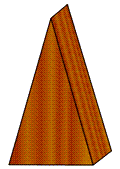
A wedge is a material with one thick end that tapers into a thin edge. The wedge is driven between two objects or parts of an object to secure or separate them. The force is perpendicular to the inclined surface, so it pushes two objects apart.
The wedge is the oldest simple machine. It was made by our ancestors Homo Erectus at least 1.2 million years ago. Axes, knives and chisels are all wedges.
Simple machines worksheets
In our grade 2 science section, we have created worksheets for students to practice what they have learned about the six simple machines.

